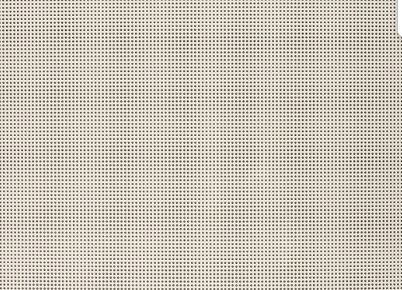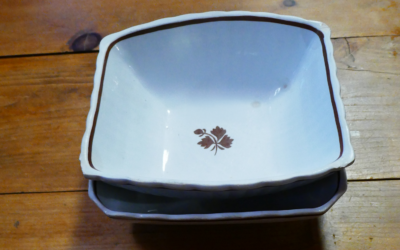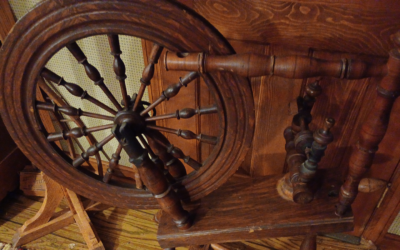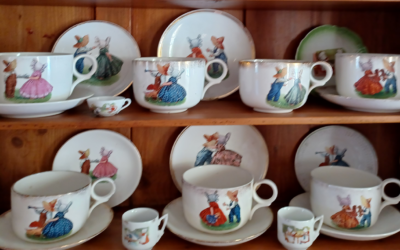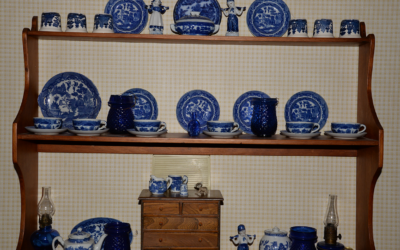The Art and History of Perforated Paper Needlework
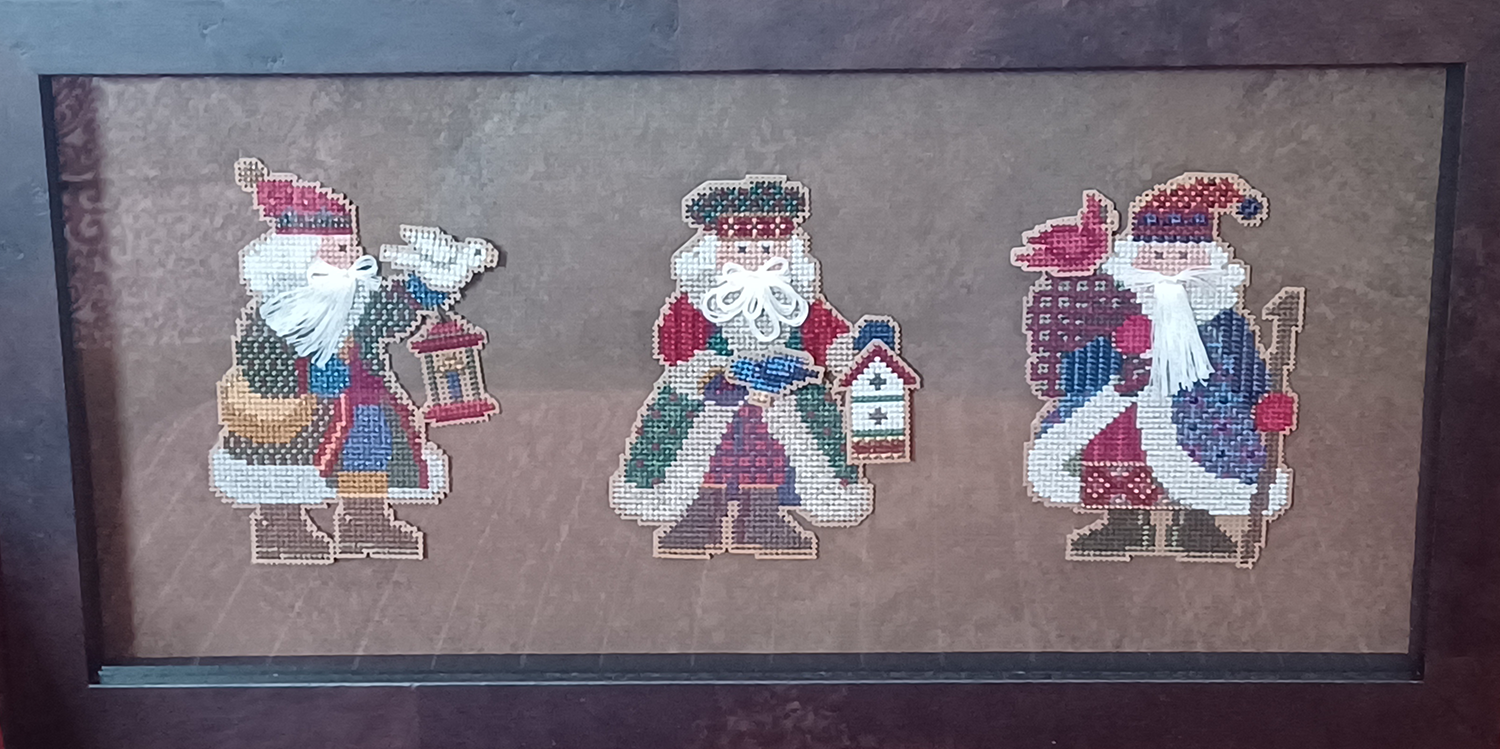
Written by Sally Thompson
Origins and Popularity
Perforated paper needlework, a unique form of decorative stitching, gained immense popularity between 1860 and 1900. This intricate craft utilized punched paper or punched cardboard as its base material, serving as a foundation for cross-stitch or needlepoint designs. The paper itself was manufactured with evenly spaced holes, achieved using specially cut dies. These holes varied in density, ranging from 20-24 holes per inch for fine work to larger spacings of 8-10 holes per inch. However, the most commonly used perforated paper had a count of 14-16 holes per inch, striking a balance between ease of stitching and durability.
Common Uses and Designs
The primary use of perforated paper needlework was to create samplers and bookmarks, often featuring mottos or short inscriptions. These mottos typically consisted of biblical verses, greetings, or song titles, reflecting the deeply religious and sentimental values of the era. Many of these pieces bore phrases such as “Home Sweet Home” or “God Bless Our Home,” which were displayed prominently in homes across the country. The popularity of this craft was further fueled by the availability of bookmarks in ladies’ magazines as early as the 1850s. In the beginning, these bookmarks and samplers were not pre-printed, making each piece a one-of-a-kind creation, showcasing the individual stitcher’s skill and creativity.
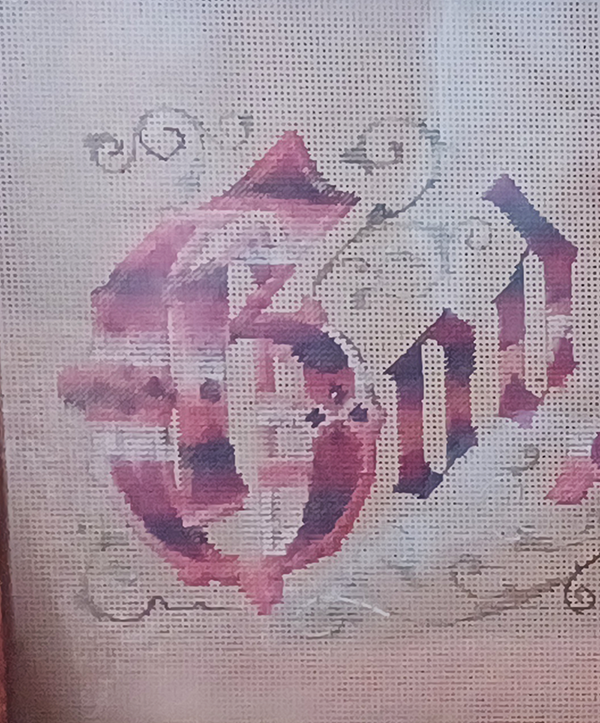

Dimensions and Materials
A standard perforated paper needlework piece was typically around 8.5 inches by 10 inches, though some extended up to 21 inches in length. The designs were meticulously stitched using colorful threads, often wool, to create eye-catching and meaningful patterns. During the 1870s, advancements in printing technology enabled the mass production of punched paper patterns. This innovation led to the height of the motto craze, as pre-printed patterns became widely available for purchase through magazines and retail stores. Some designs were even accompanied by color guides or complete kits, making the craft more accessible to a broader audience. To enhance the presentation, specially designed motto finishing frames were produced, allowing stitchers to frame and display their work with ease.
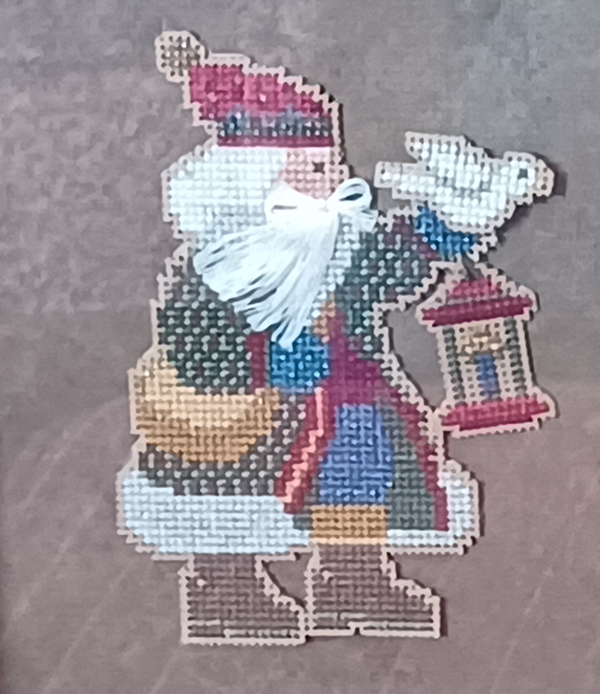
Advancements and Decorative Elements
As the craft evolved, some designs incorporated metallic foil beneath the punched paper to add visual depth and interest. While the original paper used for these projects was off-white, the passage of time has caused many surviving examples to turn brown with age. Unlike earlier schoolgirl samplers sewn on fabric, which were often signed and documented, perforated paper needlework pieces were rarely signed by their makers. This anonymity makes it challenging for historians to trace the origins and creators of individual works.
The Decline and Revival
Perforated paper needlework was sometimes referred to as “Berlin Work,” a nod to the German wools commonly used for stitching. Although its popularity waned by 1900, religious-themed pieces continued to be produced and stitched until around 1910. Despite its decline as a mainstream craft, perforated paper needlework has never completely disappeared. Even today, modern punched paper kits are available for those who appreciate this historical art form. Contemporary designs often require stitchers to count from a chart onto blank perforated paper, much like traditional needlepoint on canvas.
Modern Examples and Personal Connection
One particularly cherished example of modern perforated paper needlework is a set of Santa Claus designs stitched by my daughter about fifteen years ago. These pieces remain among my favorite holiday decorations, demonstrating the enduring appeal of this beautiful and intricate craft. While the materials and methods may have evolved over time, the artistry and sentimental value of perforated paper needlework continue to captivate stitchers and collectors alike.
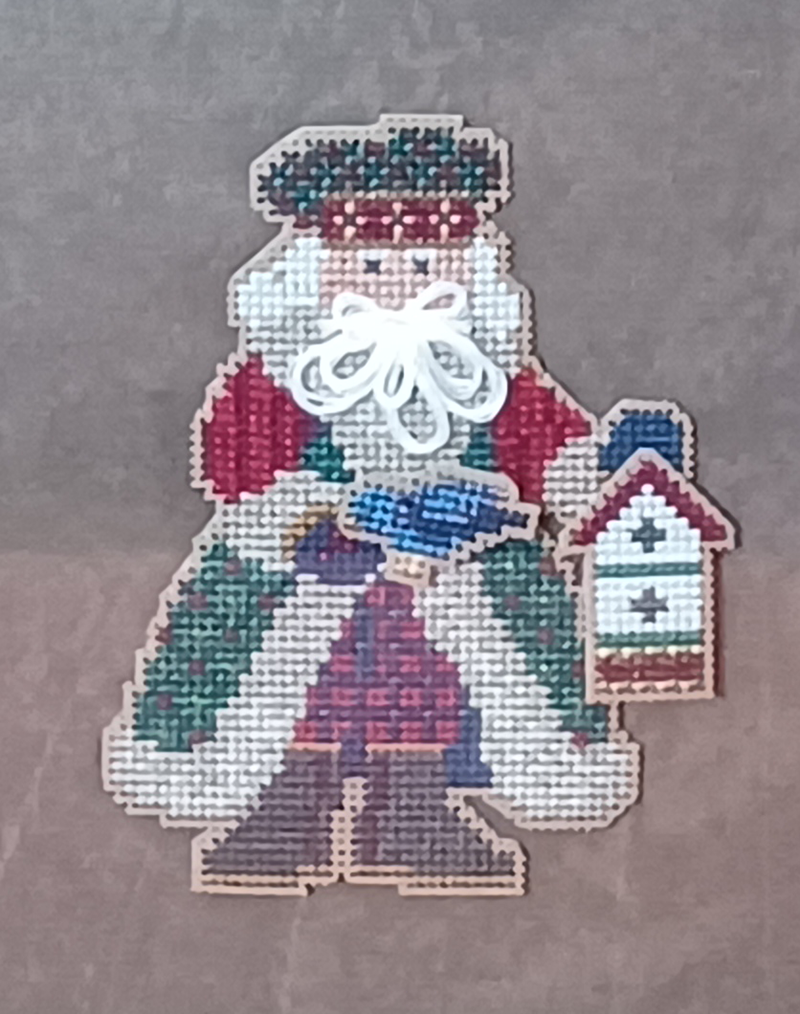
Sally has a passion for collecting and organizing Antique and Vintage shows. To become a vendor contact Sally Thompson at Granitemom@aol.com or call 913-488-3306
Antique Postcard Sells at Ebay
Some of the text content has been rewritten by AI.
Written by Sally Thompson
Related Articles
Related
Exploring the Beauty of Tea Leaf Ironstone
Tea Leaf Ironstone is a classic and highly collectible style of ironstone china that has captivated antique enthusiasts for generations. With its simple yet elegant copper luster leaf motif, it remains a beloved pattern among collectors and decorators alike. We’re...
Antique treasures
Antique treasures have a special way of connecting us to the craftsmanship and heritage of earlier times. Two remarkable finds, a traditional spinning wheel and a set of woven baskets, serve as a beautiful testament to the artistry and utility of past generations....
The Enduring Charm of Sunbonnet Babies
One of my favorite collectibles is anything featuring the charming Sunbonnet Babies. This beloved series, created by artist Bertha Corbett Melcher in the early 1900s, has captivated generations with its unique, faceless characters full of personality and charm.How It...
Discover the Magic of Antique Postcards on eBay – Halloween, Cats, and Christmas Treasures
Vintage CharmIf you're a fan of vintage charm, there's no better way to immerse yourself in history than by collecting antique postcards. These little pieces of art transport us to different times, showcasing unique designs and capturing cultural moments from the...
5 Reasons to Invest in Antiques
Timeless pieces of history, beauty, and valueIn an era where trends come and go, antiques stand as timeless pieces of history, beauty, and value. At Second Generation Antiques, we believe that investing in antiques is more than just acquiring beautiful objects—it's...
Decorating with Antiques Series: Part 1
Introduction to Antiques: Why They MatterWelcome to our new series, "Decorating with Antiques," where we’ll explore the beauty and versatility of incorporating antique treasures into your home. In this series, we’ll guide you through the art of decorating with...

